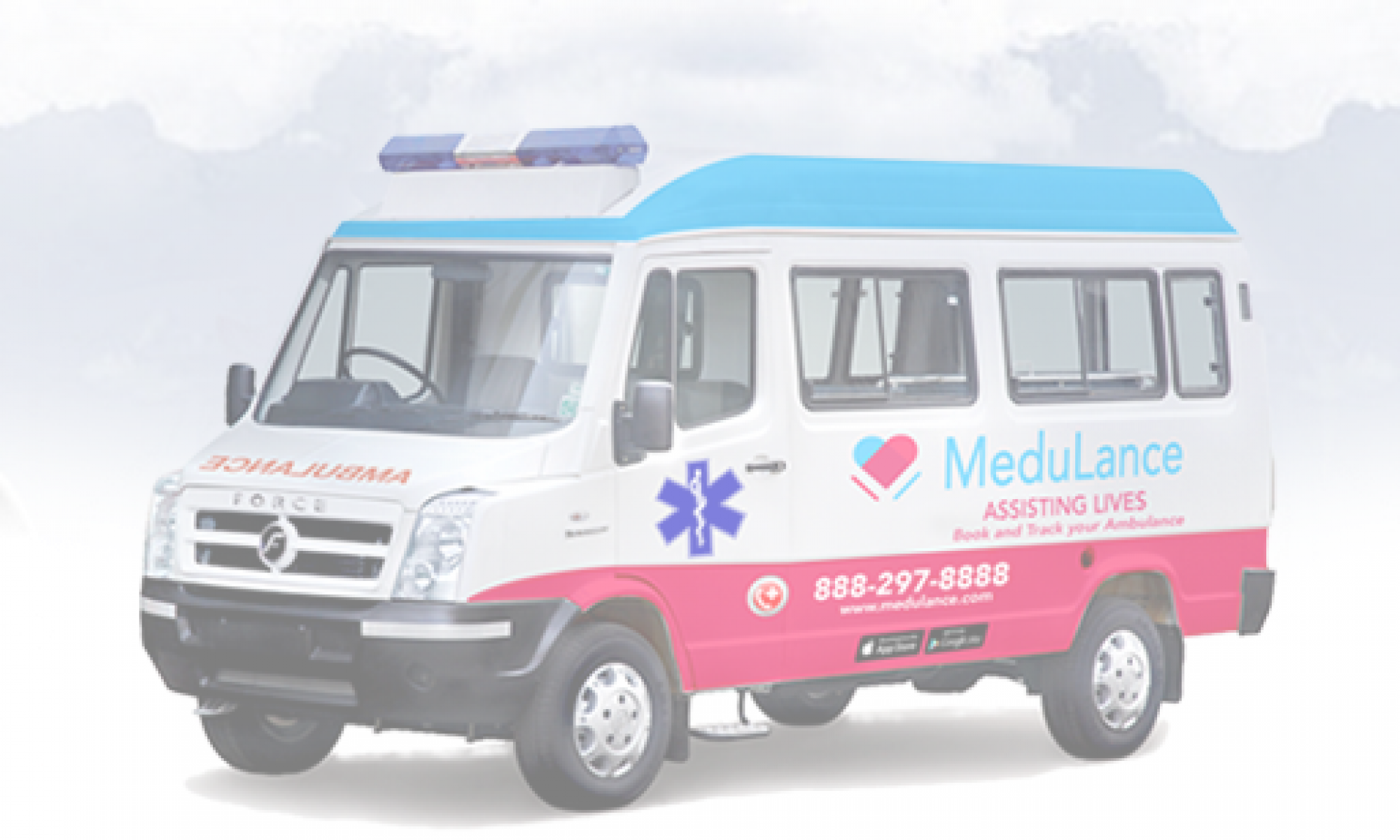An air ambulance is a fixed-wing aircraft or a helicopter outfitted with specialist medical equipment. The purpose of air ambulance services is to transport sick or injured patients from one location to another safely and conveniently.
Air ambulances also include a variety of skilled and specialised medical professionals, medical instruments, and monitoring systems to ensure the best possible treatment for the patients that board the aircraft.
When a medical emergency occurs, it is critical to offer the appropriate care. There have been several incidents where people who have been injured or are in critical condition have been trapped in traffic or at a distant location. However, it is sometimes impossible for us to transport people by car during a medical emergency since the roads remain crowded. This is when the air ambulance arrives to help. There are several advantages to using an air ambulance. Here are the top five reasons why you should use them.
- Injured While Traveling Abroad
- Traveling to a Different State to Receive Specialized Medical Care
- Travel Internationally to Receive Medical Attention
- Visit Family
- Special Weight Issues
Thousands of people who travel worldwide each year face travel dangers such as injury and serious sickness. For these visitors, it is frequently better to return to their native country for expert medical attention and recuperation.
Air ambulance is typically the best method to achieve this, particularly in more remote or rural international locations. Furthermore, preparing for air ambulance transport assures that emergency medical treatment is available from the moment the plane takes off until it arrives at its destination.
In rare situations, a patient may be required to travel from one state to another to obtain specific medical care. This might be owing to the extremely specific nature of the patient’s disease or damage, a personal choice, or both.
Logistical challenges are typical in these instances, often because the patient requires particular assistance and/or monitoring while travelling. As a result, an air ambulance is an excellent alternative for interstate medical travel.
Furthermore, because an air ambulance can carry a loved one in most circumstances, space permitting, this assures that both parties may travel securely and comfortably to the new medical institution.
International medical travel has become more popular in recent years. Part of the reason for this is that, even with insurance coverage, having treatments done at home is sometimes more expensive than having them done overseas.
For patients with critical care needs who want to receive medical care in a location other than their home nation, the air ambulance is best positioned to meet their medical needs and ensure their safety from bedside to bedside.
Older folks nowadays should expect to live far longer lives than in earlier generations. However, just because an older adult’s intellect is active and bright does not automatically imply that the body will follow suit.
With families becoming more separated as a result of job-related relocations, marriages, and other factors, the elderly who want to visit family members may be too physically weak to do so safely through ordinary commercial air or railway travel.
Seniors, on the other hand, can continue to travel to see loved ones throughout the country and even abroad with the assistance of an air ambulance.
Because of the obesity epidemic, many individuals are in danger when travelling commercially. Some individuals are unable to sit comfortably or securely on commercial aero plane seats, while others may have unique medical needs linked to weight difficulties, such as respiratory monitoring, heart rate, blood pressure, or pressure sores caused by prolonged sitting in one posture.
An air ambulance is suited to manage these patients’ particular demands and can assure their safe transportation.
These five reasons for an air ambulance are becoming more popular today as a method to ensure that patients with specific requirements may fly without exposing themselves to unnecessary medical risks.
